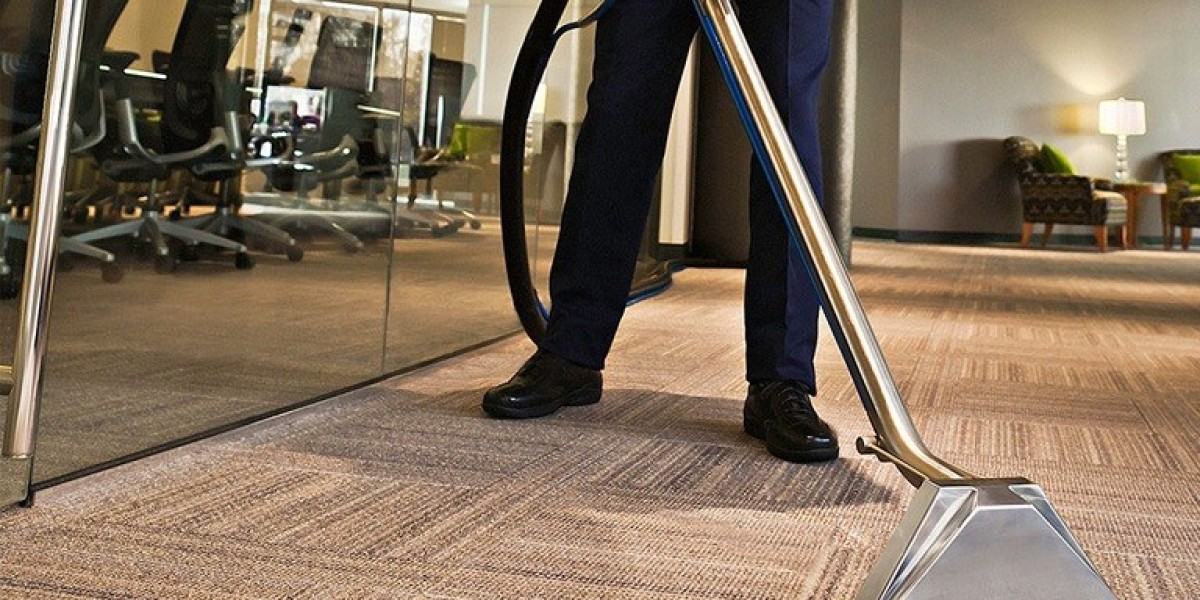Carpets are an integral part of many homes and businesses, providing comfort, warmth, and aesthetic appeal. However, they also serve as a trap for dirt, allergens, and bacteria, making regular cleaning essential for maintaining a healthy environment. In this article, we will explore the various techniques of carpet cleaning, the benefits of keeping carpets clean, and best practices for maintaining the longevity and appearance of your carpets.


Understanding Carpet Fibers
Before delving into cleaning methods, it is crucial to understand the types of fibers used in carpets. The most common fibers include nylon, polyester, olefin, and wool. Each type has its own properties and cleaning requirements. For instance, wool is durable and naturally stain-resistant but requires special care, while nylon is strong and versatile but can be prone to staining if not treated properly. Understanding the fiber type will help in selecting the appropriate cleaning method.
Common Carpet Cleaning Techniques
- Vacuuming: The most basic and essential method of carpet cleaning is regular vacuuming. It helps remove surface dirt, dust, and debris. A good rule of thumb is to vacuum high-traffic areas at least twice a week and less frequented areas once a week. Investing in a quality vacuum cleaner that has strong suction and various attachments can enhance the effectiveness of this method.
- Hot Water Extraction (Steam Cleaning): This method involves injecting hot water mixed with cleaning solutions into the carpet fibers and then extracting it along with the dirt. Steam cleaning is effective in removing deep-seated dirt and allergens. It is recommended to have this done by professionals at least once a year, as they have access to industrial-grade equipment that can achieve better results than home machines.
- Dry Cleaning: This method uses specialized cleaning powders or solvents that are spread over the carpet and then agitated with a machine. The dirt binds to the powder, which is then vacuumed away. Dry cleaning is particularly beneficial for carpets that cannot withstand moisture or for quick cleaning needs.
- Shampooing: Carpet shampooing involves applying a foamy cleaning solution to the carpet, agitating it with a machine, and then extracting the dirt and solution. While this method can be effective, it may leave behind residues if not rinsed properly, leading to quicker dirt accumulation.
- Bonnet Cleaning: This method is often used in commercial settings. A rotary machine with a cleaning pad is used to absorb dirt from the carpet surface. While it is quick and effective for routine maintenance, it does not clean as deeply as other methods.
The Benefits of Regular Carpet Cleaning
- Improved Indoor Air Quality: Carpets can harbor allergens such as dust mites, pet dander, and mold. Regular cleaning helps to reduce these pollutants, leading to better indoor air quality and a healthier living environment.
- Extended Carpet Lifespan: Regular maintenance and cleaning can significantly extend the life of your carpets. By removing dirt and debris that can wear down fibers, you can preserve the appearance and durability of your carpets.
- Enhanced Appearance: Clean carpets contribute to the overall aesthetic of a space. They look fresher and more inviting, https://premiercarpetcleaning.co.uk which is particularly important in commercial settings where first impressions matter.
- Stain Prevention: Regular carpet cleaning can help prevent stains from setting in. Many cleaning solutions also come with protective treatments that repel spills and dirt, making future cleaning easier.
- Odor Removal: Carpets can absorb odors from pets, food, and smoke. Regular cleaning helps to eliminate these smells, leaving your home smelling fresh.
Best Practices for Carpet Maintenance
- Immediate Spill Treatment: Accidents happen, and when they do, it is crucial to act quickly. Blot the spill with a clean cloth to absorb as much liquid as possible before applying a suitable cleaning solution.
- Use Area Rugs: Placing area rugs in high-traffic areas can help protect your carpets from wear and tear. They can be easily cleaned or replaced, preserving the integrity of the underlying carpet.
- Implement a No-Shoes Policy: Encouraging family members and guests to remove their shoes before entering can significantly reduce the amount of dirt and grime brought onto the carpet.
- Regular Professional Cleaning: While DIY methods can help with maintenance, scheduling professional cleaning services at least once a year is essential for deep cleaning and achieving optimal results.
- Rotate Furniture: Moving furniture around periodically can prevent uneven wear on carpets. This practice can also help in maintaining the carpet's appearance.
- Use Carpet Protectors: Applying a carpet protector can create a barrier against stains and spills. These products can help in making future cleanings easier and more effective.
Conclusion
Carpet cleaning is both a science and an art, requiring knowledge of various techniques and an understanding of the materials involved. By implementing regular cleaning practices, homeowners and businesses can enjoy the many benefits of a clean carpet, including improved air quality, enhanced aesthetics, and a longer lifespan for their flooring investments. Whether opting for professional services or engaging in DIY methods, maintaining carpets should be a priority for anyone looking to create a healthy and inviting space. With the right approach, carpets can continue to provide comfort and beauty for years to come.








